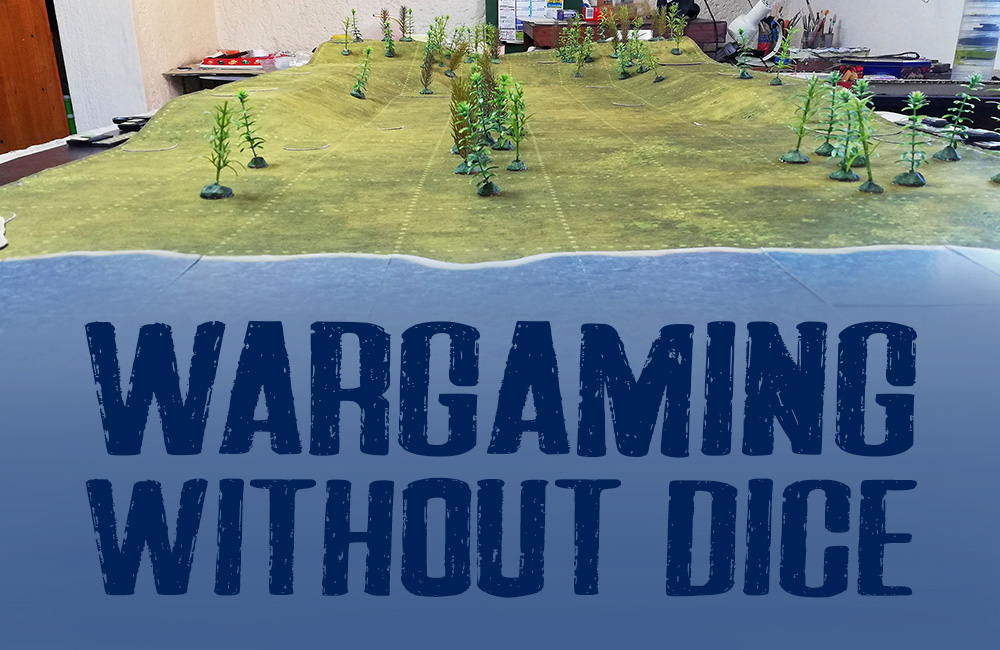The Battle of Soissons was, arguably, the last battle of the Western Roman Empire. Since 476 or possibly 480 there had not been an Emperor in the West, however there was one territory that still considered itself Roman: the four provinces in northern Gaul of Ludgunensis II, Ludgunensis III, Lugdunensis IV Senonia and Belgica II. Their capital was most probably Paris and they were controlled by Syagrius, son of Aegidius, who had been last Supreme Commander of the Roman troops in Gaul.
Belgica II was under the Franks of Tournai, a vassal tribe loyal to Rome who had fought on the Roman side against the Huns at the Battle of Chalons. At one time Syagrius had had direct control over the tribe but in 482 Clovis became the new chief and exercised his authority under the tutelage of Syagrius who gave him Belgica II in return for his support. That support seems to have allowed Syagrius to control the lands all the way to the Rhine as imitation Roman coins continued to be minted in this region.
In 486 however Syagrius felt more confident. Euric, capable king of the Visigoths in the south, died and was succeeded by his son who was a young boy. Clovis had acceded to his chieftainship aged only 16. With a boy-king in the south and a boy-king in the north Syagrius judged the time right to make his move. He reoccupied Soissons and claimed direct rule over Belgica II. Syagrius had a strong army: the remaining legions of the Roman army in Gaul which had been defending the Loire against the Visigoths and which had already defeated them in battle under Aegidius. What could Clovis' 4000 warriors do against him?
But Syagrius had underestimated Clovis. The boy-king, now 20 and no longer a boy, formed an alliance of all the Frankish tribes west of the Rhine and marched with a combined army against Syagrius. Syagrius though was confident he could still defeat him and the two met in battle just outside Soissons. This battle would absolutely decide the future of western Europe.
We have no details of the make-up of the armies in this battle. The historical record simply affirms the battle took place. But using indirect methods and guesswork, I put together what I hope is a plausible reconstruction of the forces. Let's start with
4000 Legionaries. These were the surviving legions of what had been the Roman army in Gaul, 8 bases, morale = 3-2, drilled, courage = average, can shoot.
4000 Bucellarii. These were the bodyguards of the landed Gallo-Roman aristocracy, many of them former legionaries, but not up on military skill to the same extent as the legionaries since all they had done for a while was, well, be bodyguards. 8 bases, morale = 2-2, unwieldy, courage = average, cannot shoot.
2000 Garrison troops. These were all the soldiers that could be spared from defence of the towns in Roman Gaul, which still needed some men to guard against the menace of Saxon raiders. They were necessarily poor-quality men since all they had been expected to do was man town walls. But Syagrius needed every man he could find to confront the Frankish host. 4 bases, morale = 2-1, unwieldy, courage = brittle, cannot shoot.
2000 Levy troops. These had been hastily conscripted to swell out the numbers. With poor weaponry and little training they would have to be used with great circumspection if they were not to be blown away by the Frankish warriors. 4 bases, morale = 2-1, unwieldy, courage = brittle, cannot shoot.
1000 Archers. The late Roman army was heavy in missile troops hence I gave Syagrius some archers. They would be especially effective against unarmoured Frankish warriors. 2 bases, morale = 2-1, unwieldy, courage = average, can shoot.
250 Breton Light Horse. These were loaned from Brittany, a semi-independent region settled by Romano-British fleeing the depredations of the Saxons, as well as by troops originally withdrawn from Britain to man the forts of the Saxon Shore and protect against piracy. 4 bases, morale = 2-2, agile, courage = average, can shoot.
125 Medium Cavalry. This was Syagrius' mounted bodyguard. Not much, but the Roman army in the West had been weak in cavalry throughout the 5th century, with Aetius relying on barbarian mercenaries and apparently having no cavalry of his own at the Battle of Chalons. Fortunately for Syagrius, the Franks were also weak in cavalry. 2 bases, morale = 2-2, agile, courage = average, can shoot.
12,000 Warriors. These were the backbone of the Frankish army, tribal fighters trained to use the francisca, a fearsome throwing axe rather like a tomahawk, the angon, a harpoon-like spear that could not be pulled out, and a variety of more normal weapons. They were deadly in the charge, but their lack of body armour made them vulnerable in a protracted fight. 24 bases, morale = 2-1, unwieldy, courage = average, can shoot.
1000 Household Warriors. These were the personal entourages of the Frankish chieftains who joined with Clovis, along with his own entourage. They had the best weapons and protection and were skilled fighters absolutely devoted to their leaders. 2 bases, morale = 3-2, unwieldy, courage = resolute, can shoot.
250 x Cavalry. The Franks had some cavalry and mustered what they hoped were enough horse to face off against the Roman mounted units. How well would they do? 4 bases, morale = 2-2, agile, courage = average, can shoot.
Clovis has 13,250 men, Syagrius 13,750. In her heyday the Romans should have dispatched a barbarian army this size with ease, but her heyday was long past. I honestly had no idea who was more likely to win when I began the battle.
Actual battle report to come soon. Stay tuned.












Counter artwork looks great!
ReplyDeleteThanks Jonathan. :-)
ReplyDeleteLooks briliant, well done.
ReplyDeleteThanks Kreoseus. Fancy playing it? ;-)
ReplyDelete